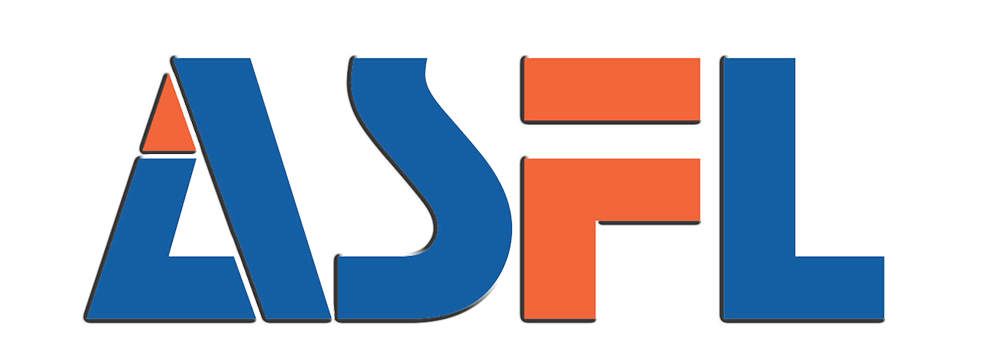Fundamental Design Differences Between Glass and PET Bottle Filling Machines
Industrial filling systems require fundamentally different engineering approaches for glass and PET containers. These differences stem from material properties, production requirements, and end-product characteristics, shaping machinery design across three critical aspects.
Material-Specific Design Features in Filling Machinery
Glass bottle filling equipment needs extra structural support because these bottles weigh around 4 to 5 times what PET bottles do. That's why manufacturers install reinforced conveyors and build frames from stainless steel instead of the light aluminum parts found on PET filler machines. The biggest difference comes in the rinsing area. These systems have special nozzles that adjust water pressure to keep glass bottles from breaking during cleaning. At the same time they still meet FDA sanitation standards. Regular PET machines don't need this kind of careful balancing act since their plastic containers are so much thinner and less fragile by nature.
Mechanical Stress Tolerance: Handling Fragile Glass vs. Flexible PET
Glass filler throughput operates 25% slower than PET systems to minimize collision risks, with vibration dampeners and padded grippers as standard features. PET fillers leverage the material's flexibility for high-speed rotary systems, where bottles withstand 2-3 psi internal pressures during filling without deformation—a threshold that would shatter glass containers.
Sealing and Capping Variations by Container Type
When it comes to sealing glass containers, metal crown caps are still king of the hill. These require special capping heads that need to apply around 12 to 18 pound-feet of torque to ensure those all important airtight seals without cracking the glass in the process. Things work differently with PET systems though. They typically go for lighter weight options like screw caps or press-on liners, which get sealed at pressures roughly 40 to 60 percent lower than what's needed for glass. Looking across the industry landscape, most improvements in glass filling equipment (about 93%) center around getting that torque just right. Meanwhile, PET operations tend to invest more heavily in cap orientation sensors since they deal with those lighter closure types day in and day out.
Filling Technologies for Glass Bottle Filling Machine Systems
Gravity vs. Pressure Filling for Glass Containers
The way glass bottle filling machines work depends on what kind of liquid they're handling, especially when it comes to things like thickness and whether there's carbonation involved. With gravity filling, the liquid just flows down from tanks above the bottles, which works great for non-fizzy stuff like juice or wine where nobody wants bubbles forming all over the place. Then there's pressure filling, where air pressure or pumps push the liquid into bottles instead. This method matters a lot for sodas and sparkling waters because keeping that carbon dioxide inside after filling is basically everything if the drink needs to stay fizzy until someone opens it at home.
| Filling Method | Best For | Advantages | Limitations |
|---|---|---|---|
| Gravity | Low-viscosity, non-foaming | Lower energy use, simpler setup | Slower for thick liquids |
| Pressure | Carbonated, high-viscosity | Preserves carbonation, faster | Higher equipment costs |
Data from a 2024 Beverage Machinery Report shows 87% of craft soda producers use pressure-filled glass bottling lines to maintain >4.2 volumes of CO₂.
Preserving Carbonation and Taste in Glass-Based Beverages
The pressure filling method helps keep oxygen out when filling glass bottles, which is really important for keeping flavors fresh. Glass containers don't let gases pass through like PET plastic does, so carbon dioxide stays inside where it belongs. However, if the filling process isn't done right, oxygen levels might creep up past that critical 0.05 ppm mark that most manufacturers consider the point where taste starts to suffer. Many modern facilities now run nitrogen gas through empty bottles first, then fill them. This simple step cuts down on oxygen exposure by around 92% compared to just filling from regular air. For companies concerned about product quality, these small improvements make a big difference over time.
Case Study: High-Speed Filling Line for Craft Beer in Glass
One regional brewery in the Midwest recently switched out their old equipment for a new 120 bottles per minute pressure filler that's getting rave reviews. The machine hits an impressive 99.2 percent accuracy when filling those glass bottles, plus it brings down dissolved oxygen levels all the way to just 0.03 parts per million. What makes this system stand out is how it works with standard 12 ounce glass bottles without causing those annoying neck collisions that break so many glasses during production runs. They solved the fragility issue with conveyor belts timed precisely to match speeds and these special cradles that absorb shocks as bottles move along. After putting this new system into action, they saw something pretty amazing happen too. Flat beer complaints from customers? Way down. Product returns actually dropped by around two thirds over the first half year after installation according to their records.
Specialized Filling Solutions for PET Bottle Fillers
Vacuum and Isobaric Filling for PET Bottles
PET bottle filling machines use different tech depending on what kind of drink they're handling. When it comes to non-carbonated beverages such as fruit juices, vacuum systems work best because they suck out the air first, which helps prevent oxidation from happening after filling. Carbonated products need something else entirely though. Pressure controlled isobaric filling keeps those precious bubbles intact by balancing pressure inside and outside the bottle throughout the whole operation. Some advanced production lines can actually handle around 40 thousand bottles every hour using these techniques, making them pretty impressive when looking at scale requirements for soft drink manufacturers.
Impact of PET Wall Thickness on Filling Speed and Precision
Unlike glass bottle filling machines handling rigid containers, PET fillers face unique challenges with wall thickness variations. Thin-walled bottles (under 0.3mm) require 15% slower conveyor speeds to prevent deformation during filling, while thicker PET containers enable higher-pressure filling without compromising structural integrity.
Trend: Lightweighting of PET Bottles and Machine Adjustments
The industry's push for 30% lighter bottles since 2020 demands fillers with microsecond-level response times. Modern machines now feature adaptive nozzle arrays that compensate for bottle flexing mid-process, coupled with gas-flush stabilization systems that prevent collapse in ultralight containers during high-speed transfers.
Flexible Filling Systems: Switching Between Glass and PET Containers
Modular Filling Platforms with Quick-Change Components
Operators working with modern glass bottle filling machines need equipment that can switch between different materials without causing expensive delays. Many top manufacturers have started adopting modular setups featuring interchangeable nozzles for thick versus runny liquids, along with magnetic grippers that work well whether handling sturdy glass bottles or lighter PET containers. According to a recent Packaging Automation Report from 2023, about 8 out of 10 beverage companies that switched to these new systems saw their changeover times drop by roughly half when compared to older fixed design machines. Some of the most important advancements in this area include:
- Servo-driven height adjusters compensating for PET's compression during filling
- Interchangeable capping heads switching between glass thread finishes and PET snap-on lids in <90 seconds
- Vibration-dampened conveyor tracks preventing glass breakage at speeds up to 400 BPM
Control Systems That Optimize Fill Parameters by Material
Smart PLC systems these days can adjust themselves on the fly when changing out containers. When dealing with PET materials, the machines typically bump up the vacuum pressure somewhere around 20 to 35 percent to stop those plastic bottles from collapsing during processing. Glass containers require slower fill rates though, especially important for carbonated beverages where too much speed creates unwanted foam. We saw some impressive results at Hilden Packaging recently too. Their system cut down wasted products by nearly three quarters when they switched back and forth between standard 12 ounce glass beer bottles and larger 1 liter PET juice containers. All of this happens because real time sensors are constantly monitoring every step of the process, making adjustments as needed without human intervention.
| Parameter | Glass Adjustment | PET Adjustment |
|---|---|---|
| Fill Speed | 8% reduction | 12% increase |
| Capping Torque | 35 Nm | 18 Nm |
| Conveyor Gap | 2mm wider | Standard |
This dual-material flexibility lets producers meet 2024 consumer demand data showing 41% prefer glass for premium beverages but choose PET for on-the-go hydration.
FAQ
What are the main challenges in handling glass vs. PET bottles in filling machines?
Glass bottles require structural support and slower filling speeds to prevent breakage, whereas PET bottles need adjustments for wall thickness and are handled with high-speed rotary systems optimizing their flexibility.
Why is the sealing and capping process different for glass and PET bottles?
Glass bottles use metal crown caps requiring higher torque for airtight seals, whereas PET bottles generally use screw caps or press-on liners requiring lower sealing pressures.
How do filling machines switch between glass and PET bottles?
Modern filling machines use modular setups with interchangeable components allowing quick changes between materials, improving efficiency during production.
What technologies are used for filling glass and PET bottles?
Glass bottles are filled using gravity or pressure filling depending on the liquid type, while PET bottles use vacuum or isobaric systems tailored to maintain product quality.





